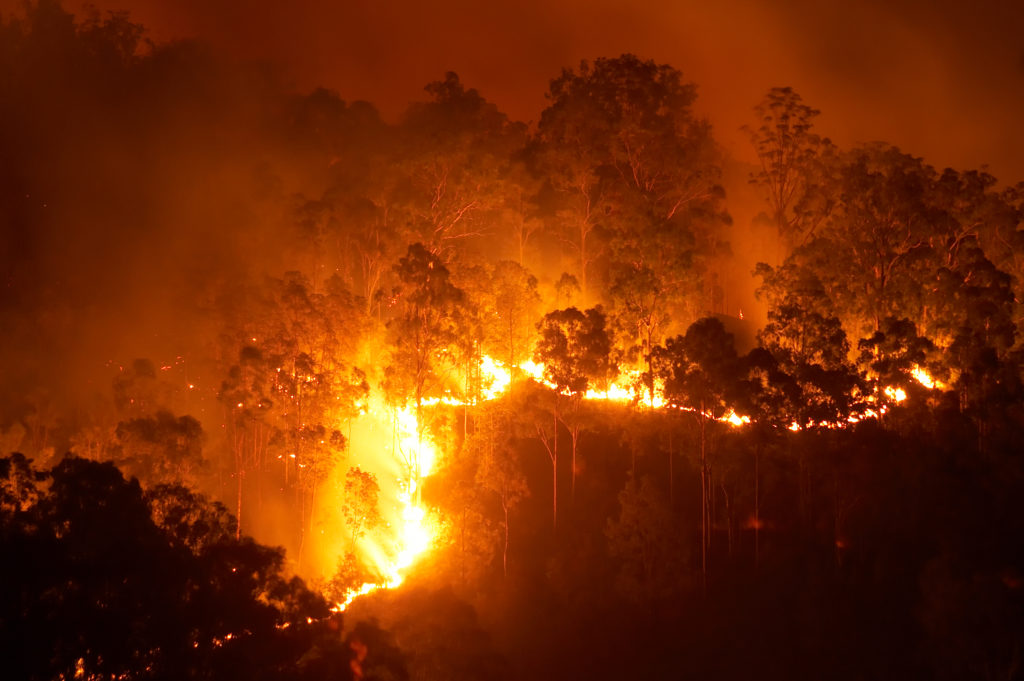Exactly How BAL Record Impacts Bush Fire Security Actions
In the realm of bush fire security, the Structure Attack Level (BAL) record stands as an essential device that substantially affects the safety and durability of residential properties in fire-prone locations - BAL Report. The effect of a BAL analysis prolongs much beyond simple paperwork; it functions as the foundation for establishing the appropriate building requirements and fire defense actions necessary to alleviate the dangers postured by bushfires. As communities grapple with increasingly serious fire periods, recognizing just how the BAL record forms these safety measures ends up being extremely important for home builders, policymakers, and property owners alike
Recognizing the Bushfire Assault Level

Importance of BAL Report Analysis

Additionally, the BAL record analysis acts as a fundamental action in conforming with lawful responsibilities and needs connected to bushfire security. Local councils and authorities usually mandate the submission of a BAL record as component of the planning and building authorization procedure to make sure that homes are properly secured against bushfire threats. Failing to conduct a comprehensive BAL report assessment can lead to insufficient security procedures, leaving residential or commercial properties prone to ruining bushfire events.
Construction Criteria Based on BAL
An extensive understanding of the Bushfire Attack Level (BAL) enables building proprietors to carry out building and construction criteria tailored to their certain danger important source profile. Construction criteria based upon BAL are important in reducing the impact of bushfires on homes. The BAL score classifies the possible risk a building faces throughout a bushfire on a range from BAL-Low to BAL-FZ (Flame Area) Each BAL degree represents specific building and construction demands described in the Australian Common AS3959-2018 Building of Structures in Bushfire-Prone Locations. Buildings categorized as BAL-Low might only need standard measures such as removing debris and keeping gardens, while those in greater BAL groups need more durable actions like ash displays, fire-resistant materials, and secured windows. Sticking to these building criteria not just boosts the structural strength of the home however additionally boosts the overall safety and security of locals during a bushfire event. Residential property proprietors need to meticulously consider their BAL ranking and abide with the equivalent building and construction requirements to effectively secure their passengers and homes.
Carrying Out Fire Security Procedures
With the structure of building and construction criteria based on Bushfire Strike Level (BAL) in location, the emphasis currently changes in the direction of the practical execution of fire defense actions to fortify buildings versus bushfire risks. Easy procedures consist of making use of fire-resistant building products, mounting ember guards on vents, securing voids in wall surfaces and roofing systems, and preserving a clear area around the building complimentary from flammable plant life. By integrating both passive and active approaches, properties can substantially lower their susceptability to bushfire events and increase the safety and security of passengers.
Safeguarding Houses Against Bushfires
Successfully protecting homes against the destructive impacts of bushfires calls for a thorough and aggressive approach to fire defense procedures. Furthermore, sealing voids and vents to avoid ember invasion, as well as incorporating fireproof doors and home windows, can help strengthen the home's defense versus bushfires. By accepting a proactive position and integrating these safety procedures, property owners can go to website significantly raise their possibilities of protecting their homes versus bushfires.
Final Thought
In conclusion, the Bushfire Strike Degree (BAL) report plays an important role in establishing the needed protection procedures against bushfires. By analyzing the BAL, building requirements can be customized to alleviate the dangers and guarantee the safety of homes in fire-prone areas. Implementing fire protection procedures based on the BAL report is essential in safeguarding residential properties from prospective bushfire risks. It is necessary for house owners to focus on BAL analyses and stick to recommended construction requirements to boost bushfire durability.
In assessing bushfire risk to residential properties, comprehending the Bushfire Strike Degree (BAL) is a crucial part for applying effective defense actions. Overall, a clear understanding of the Bushfire Attack Degree is essential for implementing adequate protection measures and minimizing the influence of bushfires on properties.
